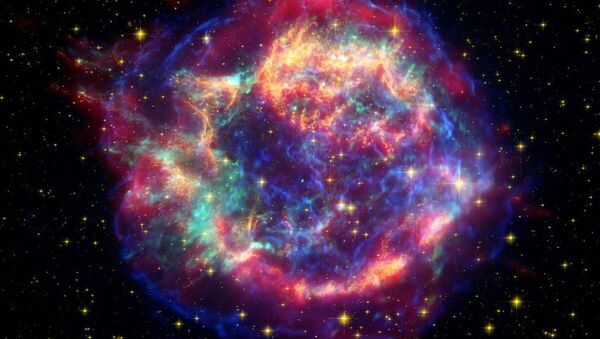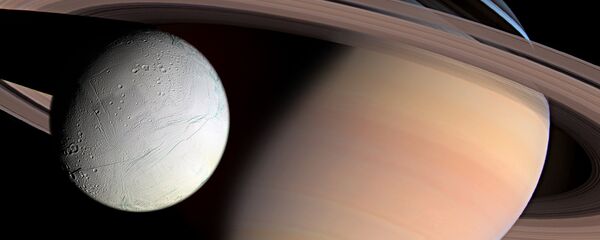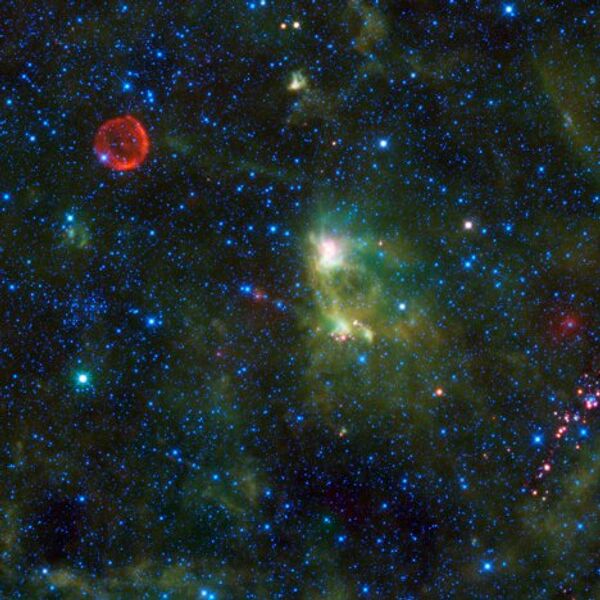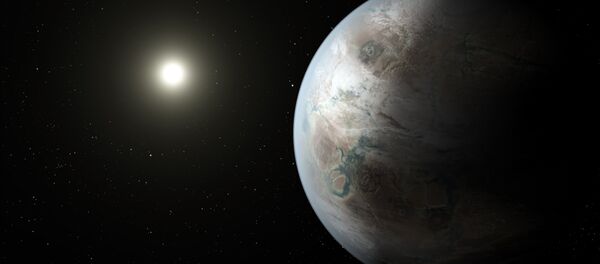"For more than half a century, astronomers have speculated that supernovas have occurred close enough to Earth to affect the planet, possibly contributing to mass extinctions or climate change," Adrian Melott of the University of Kansas, who was not involved in the study, wrote in a commentary on the findings, published in the journal Nature on Thursday.
The researchers, who have published their findings in Nature, proved the existence of ancient seabed deposits of iron-60 isotopes, a radionuclide with a half-life of 2.6 million years that is ejected during supernova explosions and carried with the solar wind of massive stars.
After analyzing deep-sea archives from all major oceans for iron-60 deposits, they found that there were influxes of interstellar dust particles 1.5 – 3.2 million years ago, and 6.5 – 8.7 million years ago.
In another paper, also published in Nature, scientists calculated the possible mass and trajectory of these supernovas, based on isotopic analysis.
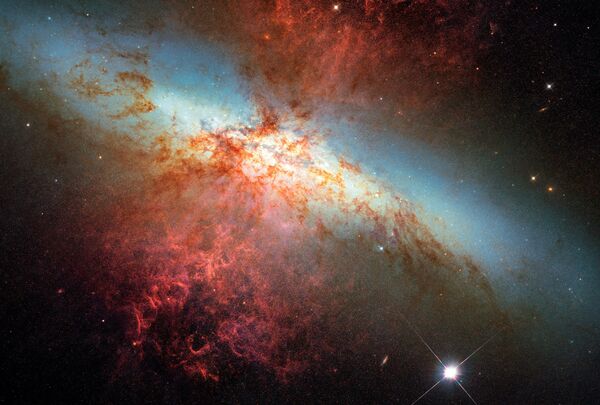
The closer of the two stars had a mass equivalent to 9.2 suns and exploded about 2.3 million years ago, while the farther one had a mass of 8.8 suns and exploded just 1.5 million years ago.
"This climatic variation may be one of the conditions that led to human evolution. Ionization of the atmosphere by supernovas may also lead to an increase in lightning and possibly other climatic effects," he wrote.
